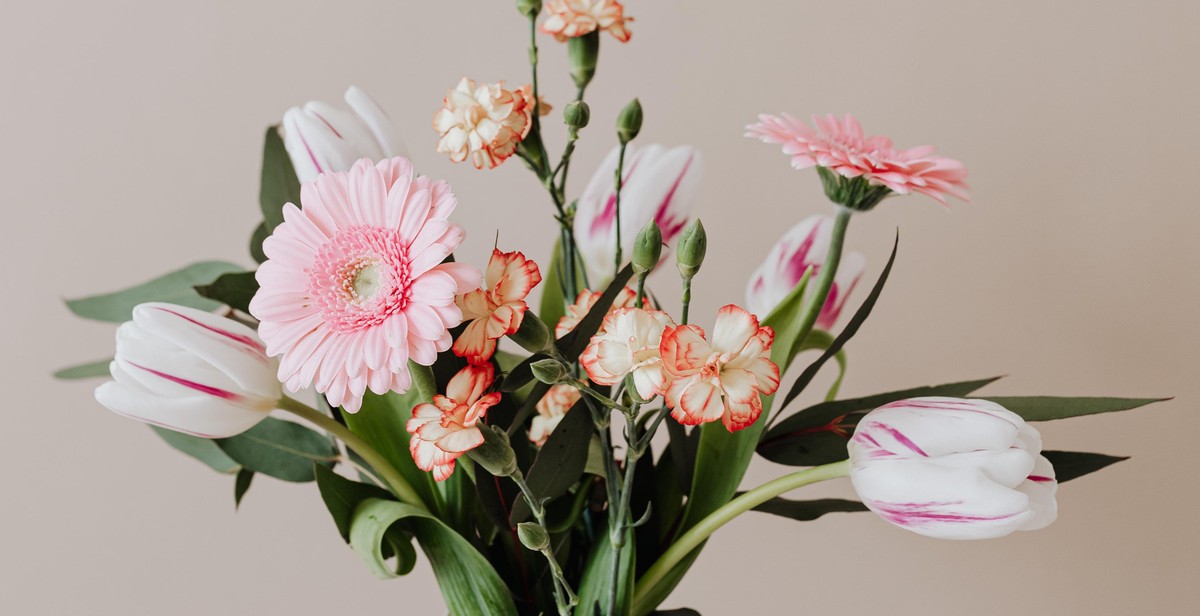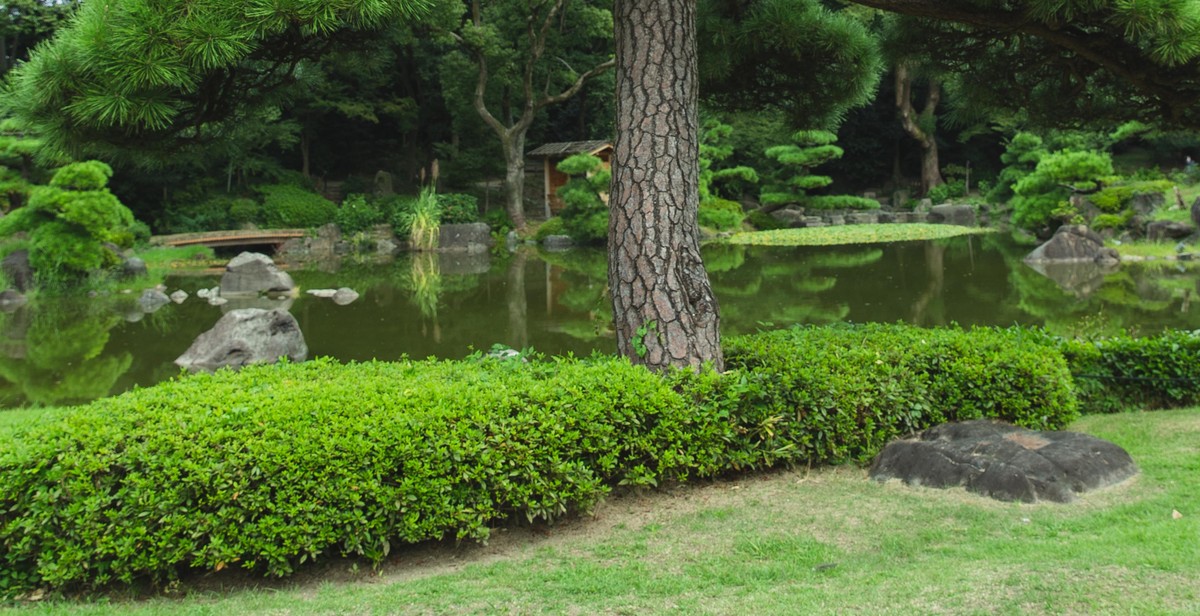Introduction
Indoor air pollution is a growing concern, especially for those who spend a significant amount of time indoors. One way to combat this problem is by incorporating air purifying plants into your living space. These plants not only add a touch of greenery to your home, but they also help to filter out harmful toxins and improve air quality.
What is an air purifying plant arrangement?
An air purifying plant arrangement is a DIY project that involves combining different types of plants to create a natural air purifying system. By carefully selecting plants that are known for their air-purifying properties, you can create an arrangement that not only looks beautiful but also helps to keep the air in your home clean and healthy.
Benefits of using air purifying plants
There are numerous benefits to using air purifying plants in your home or office. Not only do they help to remove harmful toxins from the air, but they also add humidity to the air, which can help to improve respiratory health. Additionally, studies have shown that incorporating plants into your living space can help to reduce stress and improve overall well-being.
If you’re interested in creating your own air purifying plant arrangement, keep reading for a step-by-step guide on how to get started.

Choosing the Right Plants
When it comes to creating a DIY air purifying plants arrangement, it is essential to choose the right plants. Not all plants are created equal, and some are better at purifying the air than others. Here are some of the best air purifying plants to consider:
- Snake Plant: This is one of the most popular air purifying plants. It is easy to care for and can remove toxins such as benzene, formaldehyde, trichloroethylene, and xylene from the air.
- Spider Plant: This plant is also easy to care for and can remove toxins such as formaldehyde and xylene from the air.
- Peace Lily: This plant is not only beautiful but also effective at removing toxins such as benzene, formaldehyde, and trichloroethylene from the air.
- Bamboo Palm: This plant is excellent at removing formaldehyde from the air and can also add a tropical feel to your home.
- Golden Pothos: This plant is easy to care for and can remove toxins such as benzene, formaldehyde, and xylene from the air.
Factors to Consider When Selecting Plants
When selecting plants for your DIY air purifying arrangement, there are several factors to consider:
| Factor | Considerations |
|---|---|
| Light | Consider the amount of light your plants will receive. Some plants require more sunlight than others. |
| Water | Consider the amount of water your plants will need. Some plants require more water than others. |
| Size | Consider the size of your space and the size of the plants you choose. Some plants can grow quite large and may not be suitable for smaller spaces. |
| Toxicity | Consider if any of the plants are toxic to pets or children. Some plants can be harmful if ingested. |
By considering these factors and choosing the best air purifying plants, you can create a beautiful and effective DIY air purifying plants arrangement for your home or office.

Preparing the Arrangement
Creating a DIY air purifying plants arrangement can be a fun and rewarding project. However, before you begin, it’s important to prepare the arrangement properly. This includes choosing the right container, preparing the soil, and arranging the plants in a way that maximizes their air purifying benefits.
Choosing the Right Container
The first step in preparing your air purifying plants arrangement is to choose the right container. You want to select a container that is large enough to accommodate all of your plants and has adequate drainage. A container that is too small can restrict the growth of your plants and prevent them from purifying the air effectively.
When choosing a container, consider the style of your home and the aesthetic you are trying to achieve. You can use anything from a traditional planter to a unique upcycled container to create your arrangement.
Preparing the Soil
The soil you use for your air purifying plants arrangement is crucial to the success of your project. You want to use a high-quality potting soil that is well-draining and rich in nutrients. Avoid using garden soil, as it can be too heavy and may contain pests or disease.
Before adding the soil to your container, make sure to fill it with a layer of rocks or gravel at the bottom. This will help with drainage and prevent the soil from becoming waterlogged.
Arranging the Plants
When arranging your air purifying plants, there are a few things to keep in mind. First, consider the size and growth habits of each plant. You want to place taller plants towards the back of the arrangement and shorter plants towards the front.
Next, choose plants with a variety of textures and colors to create visual interest in your arrangement. Finally, make sure to leave enough space between each plant for them to grow and thrive.
Some popular air purifying plants to include in your arrangement are spider plants, peace lilies, snake plants, and pothos.
Table: Popular Air Purifying Plants
| Plant Name | Benefits |
|---|---|
| Spider Plant | Removes formaldehyde and xylene |
| Peace Lily | Removes benzene, formaldehyde, and trichloroethylene |
| Snake Plant | Removes benzene, formaldehyde, trichloroethylene, and xylene |
| Pothos | Removes formaldehyde, benzene, and carbon monoxide |
By following these steps and choosing the right plants, container, and soil, you can create a beautiful and effective air purifying plants arrangement for your home or office.

Caring for your air purifying plant arrangement
After creating your DIY air purifying plant arrangement, proper care is essential to keep your plants healthy and ensure they effectively purify the air in your home. Here are some tips on how to care for your air purifying plants:
Watering
Proper watering is crucial for the health of your air purifying plants. Overwatering can lead to root rot, while underwatering can cause the plants to wilt and die. As a general rule, water your plants when the top inch of soil feels dry to the touch. Be sure not to let the soil become bone dry or waterlogged.
When watering, pour water evenly around the base of the plants until it starts to drain out of the bottom of the pot. Empty any excess water from the saucer beneath the pot to avoid waterlogging the roots.
Lighting
Most air purifying plants require bright, indirect light to thrive. Place your plants near a window that receives plenty of natural light, but avoid direct sunlight, which can scorch the leaves. If your home doesn’t receive enough natural light, you can supplement with artificial light using grow lights.
Fertilizing
While air purifying plants don’t require frequent fertilization, occasional feeding can help keep them healthy and promote growth. Use a balanced, water-soluble fertilizer and follow the instructions on the package for application. Over-fertilizing can damage the plants, so be sure not to use more than the recommended amount.
Pruning
Regular pruning helps keep your air purifying plants looking neat and healthy. Remove any dead or yellowing leaves, as well as any stems that are damaged or diseased. Pinch back new growth to encourage bushier growth and remove any flowers that appear, as they can divert energy from the plant’s main goal of purifying the air.
By following these tips for watering, lighting, fertilizing, and pruning, you can keep your air purifying plant arrangement healthy and effective at purifying the air in your home.

Conclusion
Creating a DIY air purifying plant arrangement is not only a fun and creative project, but it also has numerous benefits for your health and well-being. By incorporating air purifying plants into your home, you can improve the air quality and remove harmful toxins from the air.
Benefits of Having an Air Purifying Plant Arrangement
- Reduces air pollutants and toxins
- Improves air quality
- Boosts mood and productivity
- Increases oxygen levels
- Enhances overall well-being
Furthermore, having an air purifying plant arrangement can also be a great way to add some greenery and beauty to your living space. With so many different types of air purifying plants available, you can create a unique and personalized arrangement that fits your style and preferences.
Final Thoughts
In conclusion, creating a DIY air purifying plant arrangement is a simple and effective way to improve the air quality in your home while also adding some natural beauty to your living space. By following the tips and techniques outlined in this article, you can create a beautiful and functional arrangement that will benefit both your health and your home.
| Author: | Your Name |
| Date Published: | Month, Day, Year |
| Article Title: | How to Create a DIY Air Purifying Plants Arrangement |
